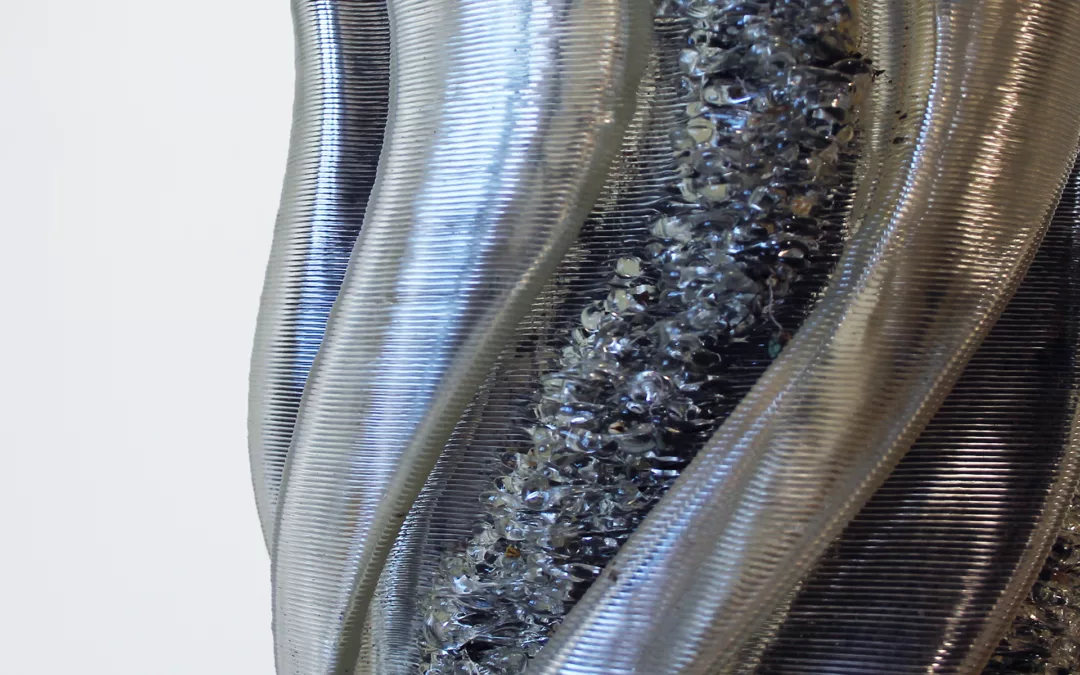
Robotic Additive Manufacturing
Introduction to Robotic Additive Manufacturing
“The manifest form—that which appears—is the result of a computational interaction between internal rules and external (morphogenetic) pressures that, themselves, originate in other adjacent forms (ecology).”
— Who is afraid of formalism?, Sanford Kwinter.
Description
Emerging advanced technologies utilize the developments of rapid additive manufacturing (RAM) to scale up the design from small scales to building scales. Robotic additive manufacturing techniques allow designers to construct buildings or materialize building elements in a short time. Robotic additive manufacturing, which usually necessitates a layer-by-layer approach or lattice structure, requires understanding the relationship between form, material characteristics, and robotic fabrication techniques.
The elective course “Introduction to Robotic Additive Manufacturing” introduced students to robotic additive manufacturing for architectural design. Students established their fabrication system to explore the practical potential of this technique in an ecological construction. They applied robotic 3D-printing with pellet-based extruders (Biodegradable materials) or paste-based extruders (quasi-solid materials).
Students were introduced to a variety of robotic additive manufacturing techniques, including Fused Deposition Modelling (FDM). They learned the principles of a design-to-fabrication process that incorporates design strategies, fabrication constraints, and material properties. This process involves 1) 3D-modelling a deep screen, wall, or façade system; 2) preparing materials and design for fabrication; and 3) robotic 3D-printing a design deep surface. Students then applied these principles on designing and prototyping a scale model of an ecological building skin/deep surface.
Two workshops supported this course. The first was on computational design, a parameter-based design process that includes sketching, designing, simulating, and manufacturing a conceptual design. The second focused on robotic 3D-printing, which is a numerical-based fabrication process that includes advanced robotic controls and programming.
Image Credit
L. Fentress and T. Victorio, University of Virginia, 2021.
